Refine search
Actions for selected content:
313 results in Books and Monographs

Continent, Coast, Ocean
- Dynamics of Regionalism in Eastern Asia
-
- Published by:
- ISEAS–Yusof Ishak Institute
- Published online:
- 21 October 2015
- Print publication:
- 22 May 2007

Singapore in the New Millennium
- Challenges Facing the City-State
-
- Published by:
- ISEAS–Yusof Ishak Institute
- Published online:
- 21 October 2015
- Print publication:
- 10 January 2002
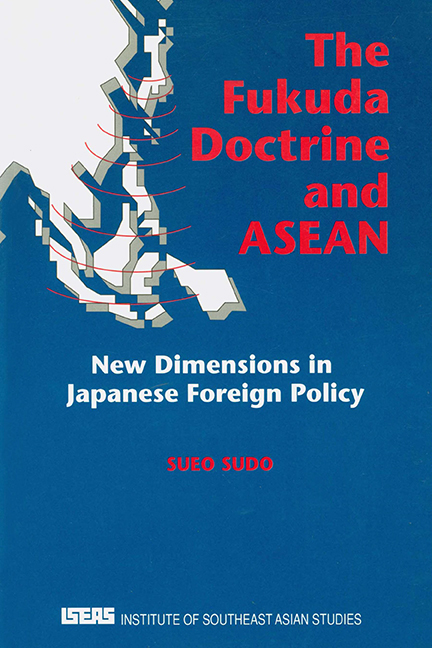
The Fukuda Doctrine and ASEAN
- New Dimensions in Japanese Foreign Policy
-
- Published by:
- ISEAS–Yusof Ishak Institute
- Published online:
- 21 October 2015
- Print publication:
- 01 January 1992

State and Uncivil Society in Thailand at the Temple of Preah Vihear
-
- Published by:
- ISEAS–Yusof Ishak Institute
- Published online:
- 21 October 2015
- Print publication:
- 16 August 2013

Southeast Asians and the Asia-Europe Meeting (ASEM)
- State's Interests and Institution's Longevity
-
- Published by:
- ISEAS–Yusof Ishak Institute
- Published online:
- 21 October 2015
- Print publication:
- 20 October 2014

Catching the Wind
- Penang in a Rising Asia
-
- Published by:
- ISEAS–Yusof Ishak Institute
- Published online:
- 21 October 2015
- Print publication:
- 27 June 2013

Hearts of Resilience
- Singapore's Community Engagement Programme
-
- Published by:
- ISEAS–Yusof Ishak Institute
- Published online:
- 21 October 2015
- Print publication:
- 30 September 2011
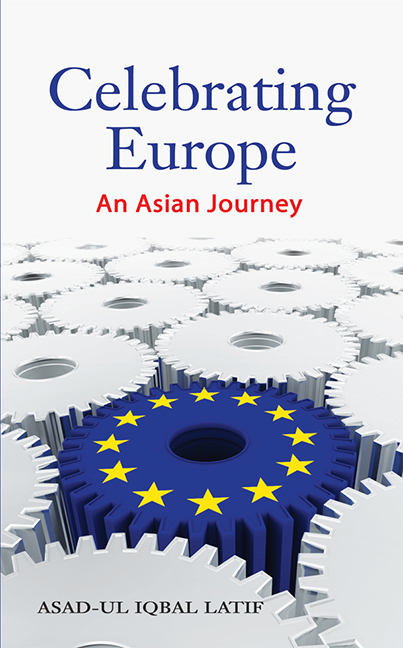
Celebrating Europe
- An Asian Journey
-
- Published by:
- ISEAS–Yusof Ishak Institute
- Published online:
- 21 October 2015
- Print publication:
- 05 February 2012

Admiral Zheng He and Southeast Asia
-
- Published by:
- ISEAS–Yusof Ishak Institute
- Published online:
- 21 October 2015
- Print publication:
- 16 August 2005

Responding to Globalization
- Nation, Culture and Identity in Singapore
-
- Published by:
- ISEAS–Yusof Ishak Institute
- Published online:
- 21 October 2015
- Print publication:
- 24 September 2007
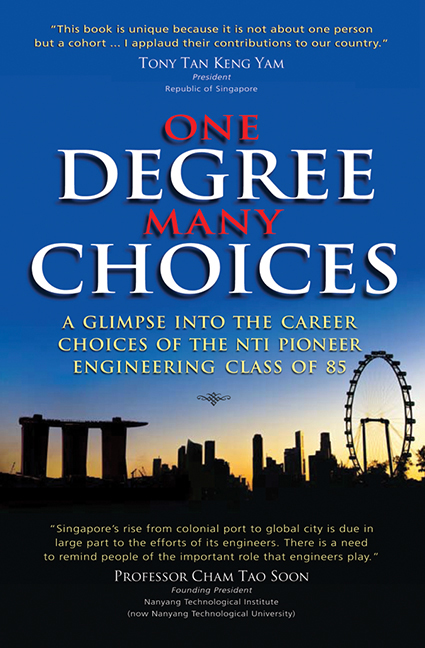
One Degree, Many Choices
- A Glimpse into the Career Choices of the NTI Pioneer Engineering Class of 85
-
- Published by:
- ISEAS–Yusof Ishak Institute
- Published online:
- 21 October 2015
- Print publication:
- 23 February 2012

Indonesia Assessment 1994
- Finance as a Key Sector in Indonesia's Development
-
- Published by:
- ISEAS–Yusof Ishak Institute
- Published online:
- 21 October 2015
- Print publication:
- 01 January 1994

Japan, the United States and Prospects for the Asia-Pacific Century
- Three Scenarios for the Future
-
- Published by:
- ISEAS–Yusof Ishak Institute
- Published online:
- 21 October 2015
- Print publication:
- 01 January 1992
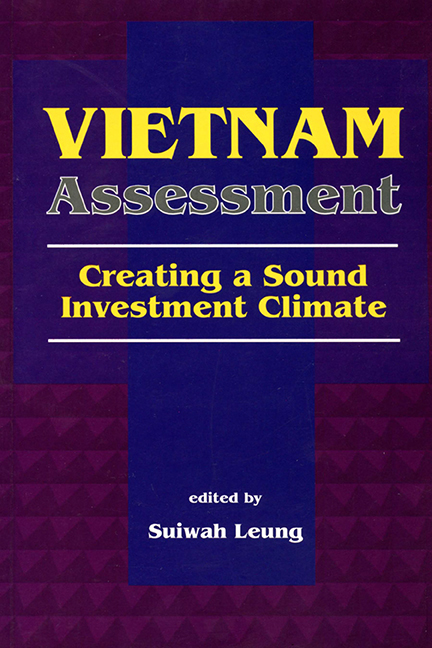
Vietnam Assessment
- Creating a Sound Investment Climate
-
- Published by:
- ISEAS–Yusof Ishak Institute
- Published online:
- 21 October 2015
- Print publication:
- 07 September 2000

The Singapore Economy Reconsidered
-
- Published by:
- ISEAS–Yusof Ishak Institute
- Published online:
- 21 October 2015
- Print publication:
- 01 January 1990

Reflections on Development in Southeast Asia
-
- Published by:
- ISEAS–Yusof Ishak Institute
- Published online:
- 21 October 2015
- Print publication:
- 01 January 1988
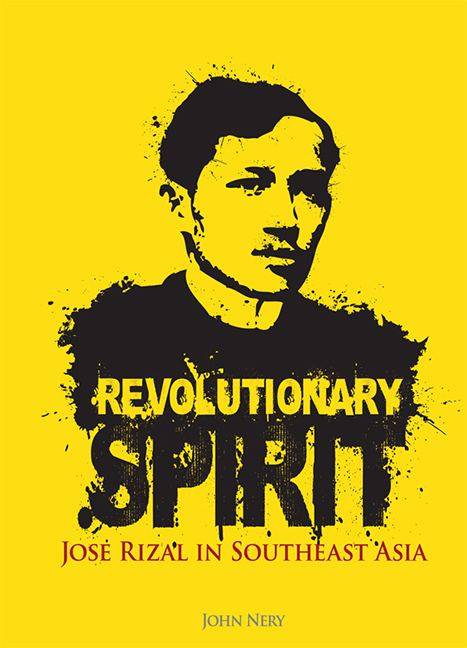
Revolutionary Spirit
- Jose Rizal in Southeast Asia
-
- Published by:
- ISEAS–Yusof Ishak Institute
- Published online:
- 21 October 2015
- Print publication:
- 31 May 2011

Serving a New Nation
- Baey Lian Peck's Singapore Story
-
- Published by:
- ISEAS–Yusof Ishak Institute
- Published online:
- 21 October 2015
- Print publication:
- 01 November 2013
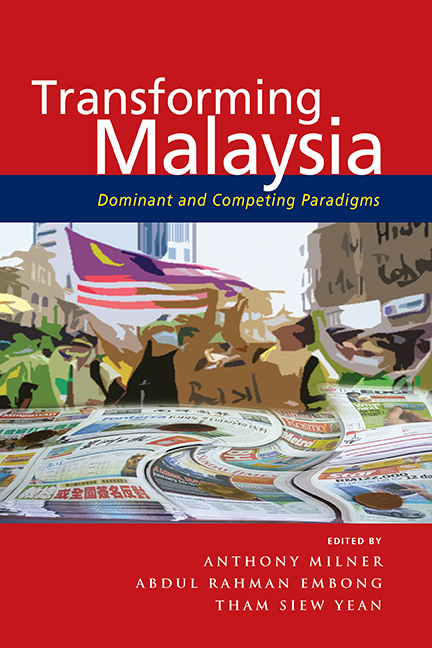
Transforming Malaysia
- Dominant and Competing Paradigms
-
- Published by:
- ISEAS–Yusof Ishak Institute
- Published online:
- 21 October 2015
- Print publication:
- 28 February 2014

ASEAN Economic Co-operation
- A Handbook
-
- Published by:
- ISEAS–Yusof Ishak Institute
- Published online:
- 21 October 2015
- Print publication:
- 01 January 1991
